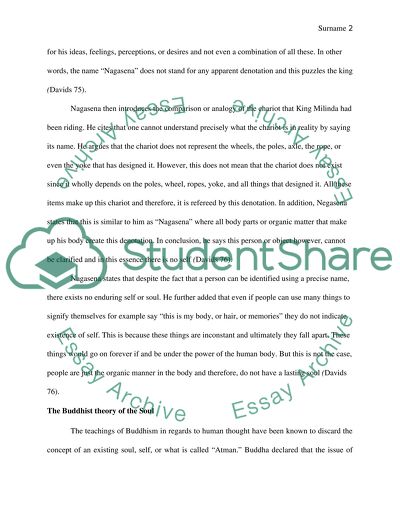Cite this document
(“Nagasena: There is no self Essay Example | Topics and Well Written Essays - 1500 words”, n.d.)
Retrieved from https://studentshare.org/religion-and-theology/1486959-nagasena-there-is-no-self
Retrieved from https://studentshare.org/religion-and-theology/1486959-nagasena-there-is-no-self
(Nagasena: There Is No Self Essay Example | Topics and Well Written Essays - 1500 Words)
https://studentshare.org/religion-and-theology/1486959-nagasena-there-is-no-self.
https://studentshare.org/religion-and-theology/1486959-nagasena-there-is-no-self.
“Nagasena: There Is No Self Essay Example | Topics and Well Written Essays - 1500 Words”, n.d. https://studentshare.org/religion-and-theology/1486959-nagasena-there-is-no-self.


